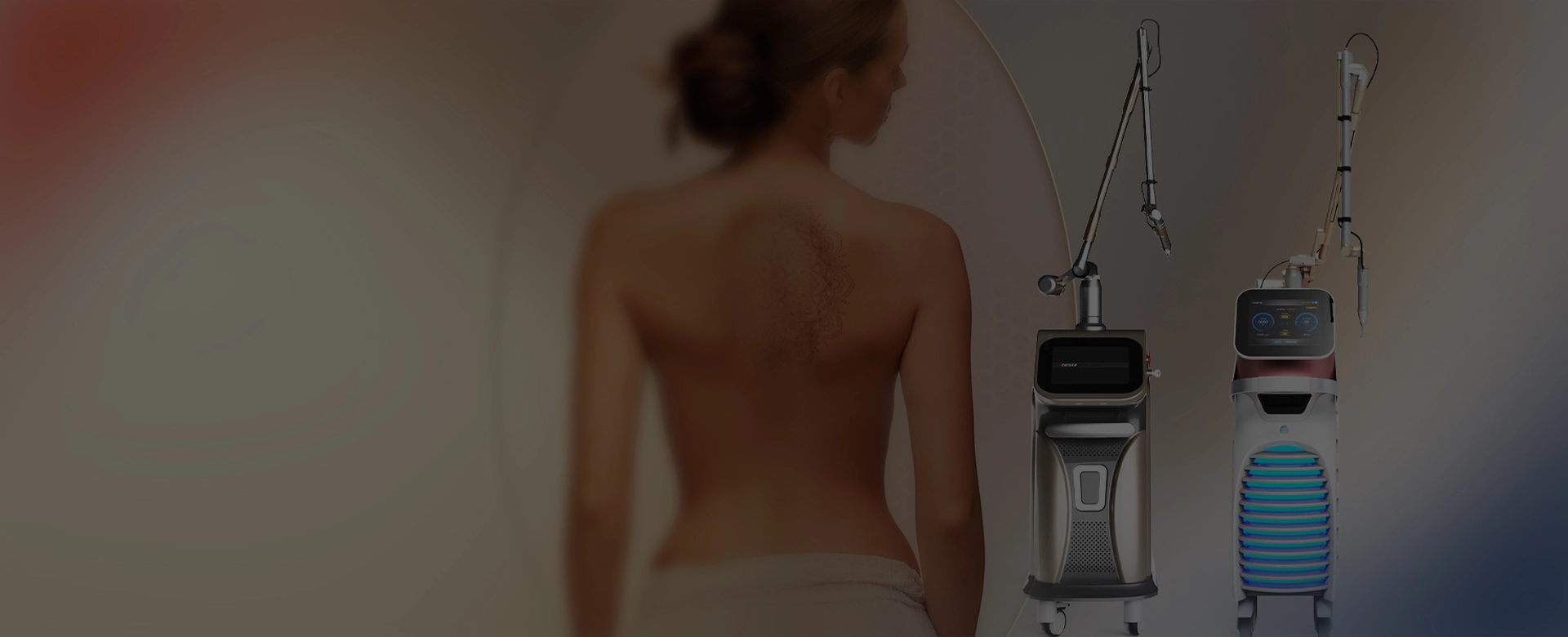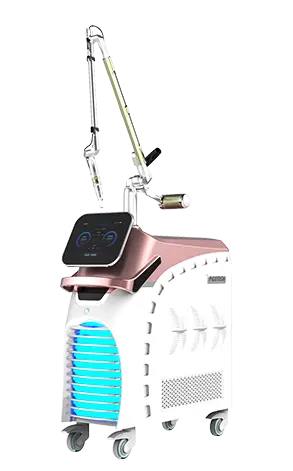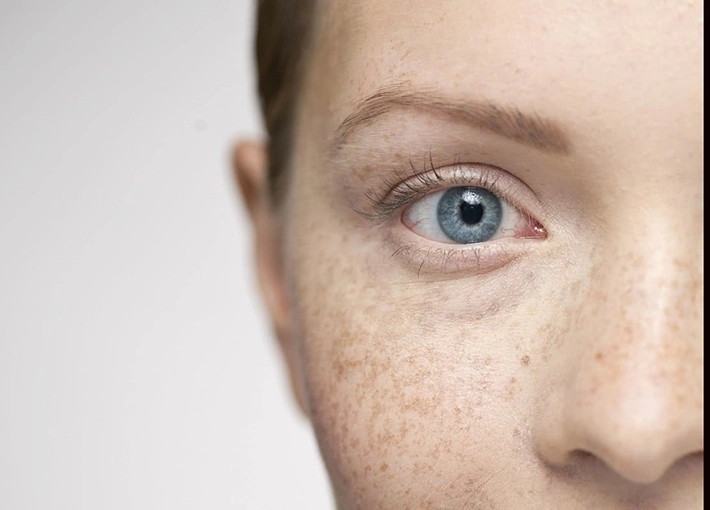The Vertical Picosecond Laser is an advanced and innovative device that offers precise and effective skin rejuvenation and tattoo removal treatments. Utilizing picosecond laser technology, this vertical machine delivers ultra-short pulses of laser energy to the skin, targeting and breaking down pigmentation, acne scars, and unwanted tattoos. With its vertical design, it allows for efficient and comfortable treatments on various body areas. The adjustable energy levels and spot sizes of the vertical picosecond laser machine ensure customizable and controlled treatments for different skin types and concerns. Experience the power of the Sanhe Laser Vertical Picosecond Laser for smoother, clearer, and more youthful-looking skin. Say goodbye to unwanted pigmentation and tattoos with this state-of-the-art laser device.


Sanhe Laser picoSure Pro is a versatile treatment used for several skin concerns. A laser delivers pulses of light at one trillionth of a second deep into the skin. This creates pockets of pressure that break down pigments, shatter melanin, or spur collagen growth. It also activates the body’s immune system, which eliminates these broken-down pigments.
Because the energy is delivered into the skin at such high speeds, it targets specific areas and does not affect surrounding tissue, ensuring minimal skin damage in the process.
The result of this laser facial rejuvenation treatment is a reduced appearance of fine lines and wrinkles, hyperpigmentation, and acne scars.
Picosecond lasers, sometimes called Pico Lasers, are a type of Laser used in medical and aesthetic procedures that deliver ultra-short pulses of light that are measured in picoseconds (trillionths of a second). The Picosecond Laser works on a similar principle to the Q-Switched laser, but with much shorter pulse durations.
The Sanhe Laser Picosecond Laser uses a high-power Laser diode to generate pulses of light at a specific wavelength (usually 755 nm or 1064 nm).
The Laser beam is focused onto the target area, such as tattoo ink or a pigmented lesion.
The ultra-short pulses of light delivered by the Picosecond Laser create a photoacoustic effect, which means they produce a mechanical pressure wave that breaks apart the pigment in the target tissue into smaller fragments.
The smaller pigment fragments are then expelled by the body’s natural immune system.



Both Q-Switched Nd: Yag Laser And Picosecond Laser are very similar in their applications. However, there are some key differences:
1. Pulse Duration:
The main difference between the two lasers is the pulse duration. Q-switched nd:Yag laser has a pulse duration of nanoseconds, while picosecond laser has a much shorter pulse duration of picoseconds.
This means that picosecond lasers can deliver shorter, more powerful bursts of energy, allowing for faster and more precise treatment. Yet q-switched nd:Yag laser can provide a wider range of pigmentation treatments.
2. Treatment Time:
Due to the shorter pulse duration, picosecond lasers can deliver treatment in a shorter time frame, usually within a few sessions. Q-switched nd:Yag laser may require more treatments to achieve the same results.
3. Wavelengths & Ink Colours
Research has shown that different wavelengths & power levels can target different ink colours when used in laser tattoo removal. When considering a tattoo removal machine, it's crucial to understand how these technologies operate to effectively address a wide spectrum of ink colors. For example, q-switched laser using 532nm wavelength can target red orange & purple inks – picosecond laser using 1064nm can target black, blue & green inks.
Conclusion
To summarise, picosecond laser may be a better option for those looking for faster and more precise results, while q-switched nd:Yag laser is still an effective choice for tattoo removal and a wider range of pigmentation applications. The effectiveness depends on the balance between pulse duration & power, depending on the targeted treatment.
